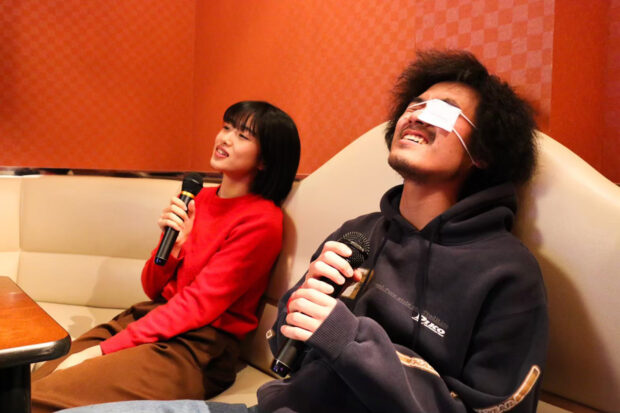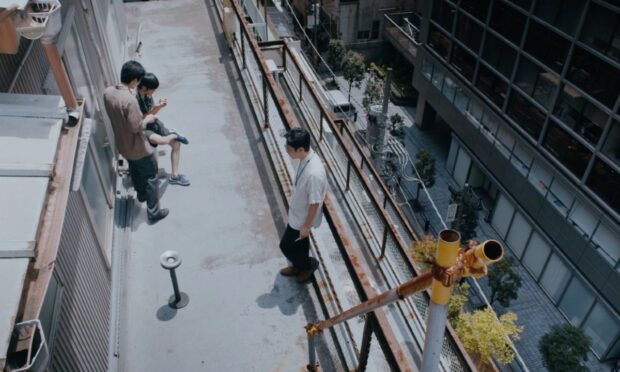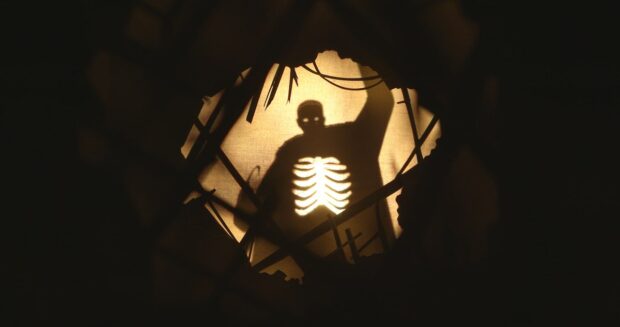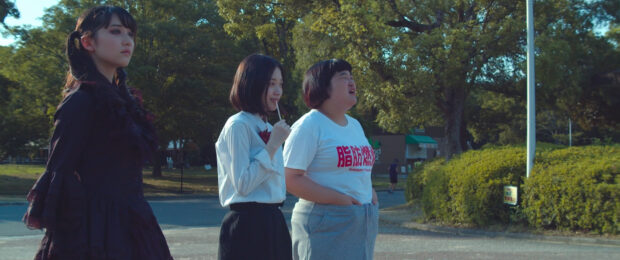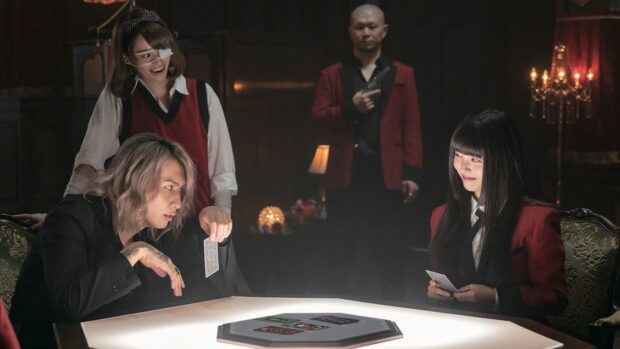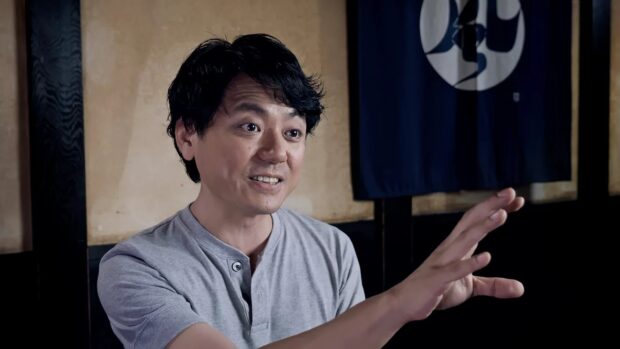There’s a lot of things your can say about Takashi Miike, but resting on his laurels is not one of them. Now well over 100 films into his filmography, he’s covered everything from the violet and bizarre to samurai epics and comedy. With THE GREAT YOKAI WAR: GUARDIANS (妖怪大戦争 ガーディアンズ), he not only returns to kid friendly fare but a story he left dangling 16 years ago.
Ostensibly a sequel to 2005’s The Great Yokai War, it’s actually a standalone story that takes place in the same kind of world. Ancient fossils have joined together to form a giant rolling yōkai (or yōkaiju) that threatens to crush Tokyo. The young Kei Watanabe (Kokoro Terada) thought he was an ordinary elementary school student, but it turns out he is the descendent of ancient yōkai fighting stock. Kei soon finds himself immersed in a world where he can see all of the friendly (and not so friendly) monsters, and is tasked with stopping the yōkaiju before it reaches the capital.
Like many of Miike’s films aimed at children, this one is often chaos on wheels — which is not necessarily a bad thing. Yet it makes vast improvements over the original, not only updating the special effects but maintaining a more streamlined narrative and a genuine sense of childhood adventure. After all, how many films are you going to see this year where there’s a dude riding a motorcycle leading an army of thousands of Japanese raccoon dogs?
Even more so than its predecessor, there’s huge swathes of the film that feel like they are there to lead us down a path to find some cinematic Easter eggs. Some of these are very specific to Japan, including spirits and gods not widely known outside of the country. There are dozens of creatures that pop up in this film, from Aburasumashi to Zashikiwarashi and every Fox-Faced Woman in between. (I’m also fairly confident Pennywise was lurking in the background of YAMMIT, the world yōkai summit). It’s never a hinderance to the enjoyment though, ultimately being aimed at kids of all ages.
Of course, it’s the special effects that do a lot of the heavy lifting in the back half of the picture. Gone are the slightly jerky stop motion creatures of the original, as evidenced by the more seamlessly long-necked antics of Rokurokubi (played by Myra Meadows). When the the titular great war kicks in during the final act, featuring the highly publicised appearance of a giant Daimajin from the 1966 Daiei film series, it’s pretty damn cool. It’s the Japanese monster version of Avengers: Endgame, except it contains at a musical number.
By the time you read this review, Miike has already moved onto his next three films. In fact, The Mole Song: Final is due out in Japanese cinemas in November. His films may not always be perfect (or consistent), but there’s an undeniable heart that still beats at the centre of his family fare.
THE GREAT YOKAI WAR: GUARDIANS is reviewed as part of our coverage of JAPAN CUTS 2021.
2021 | Japan | DIRECTOR: Takashi Miike | WRITERS: Yusuke Watanabe | CAST: Kokoro Terada, Hana Sugisaki, Sakura Ando, Takahiro Miura, Yuko Oshima, Eiji Akaso, Renji Ishibashi, Kenichi Endō, Akira Emoto, Nanako Matsushima, Kazuki Kitamura, Nao Ōmori Takao Osawa | DISTRIBUTOR: Toho, JAPAN CUTS 2021 | RUNNING TIME: 118 minutes | RELEASE DATE: 22 August – 2 September 2021 (JAPAN CUTS 2021)




